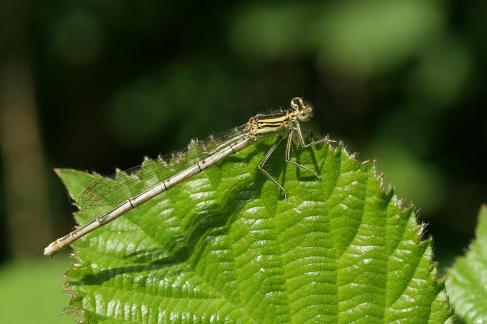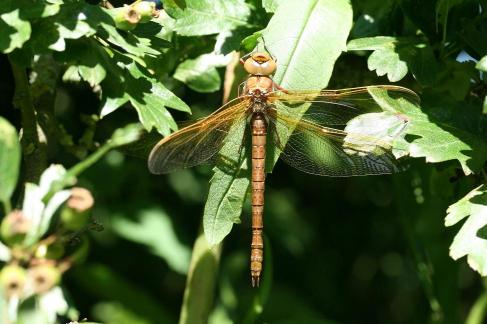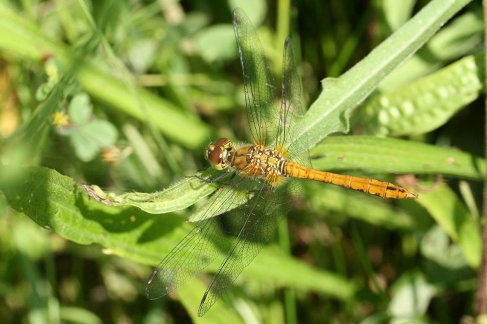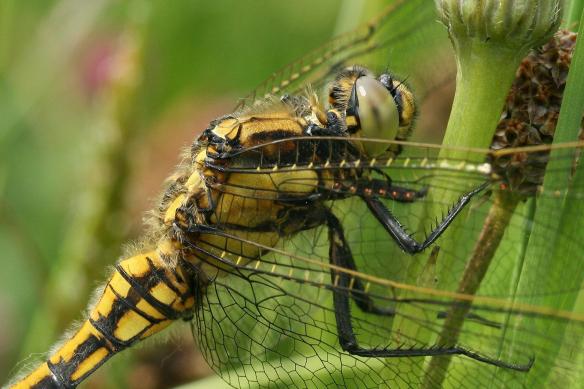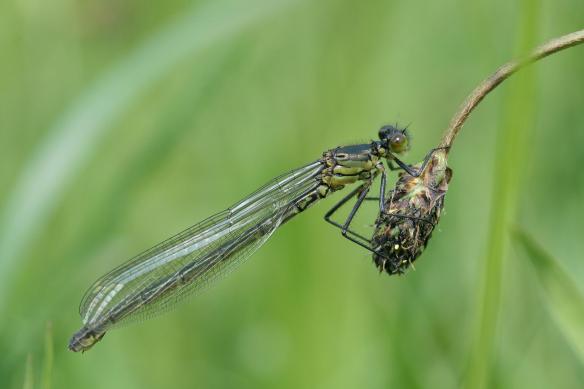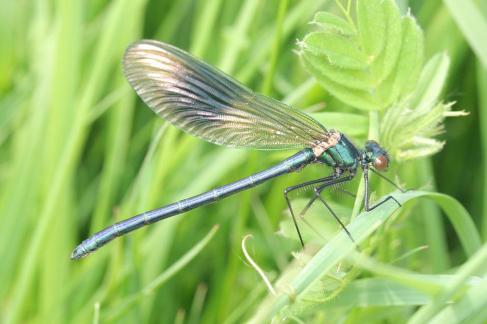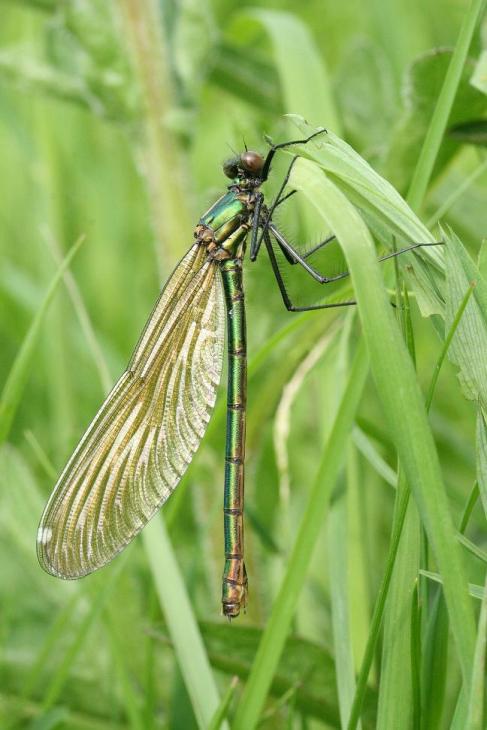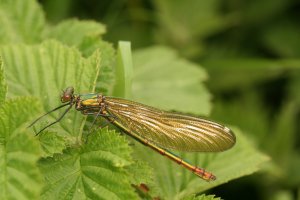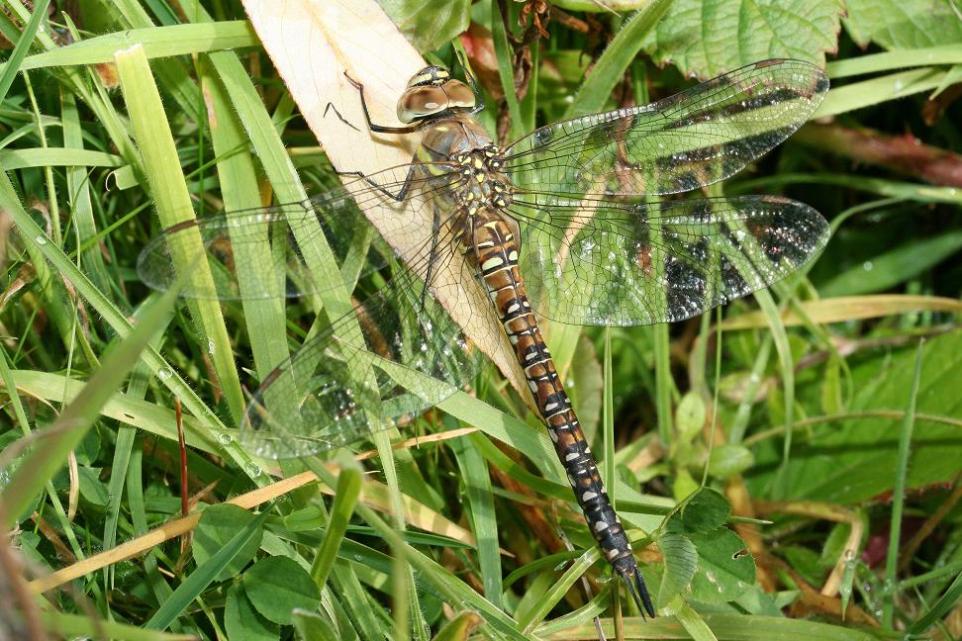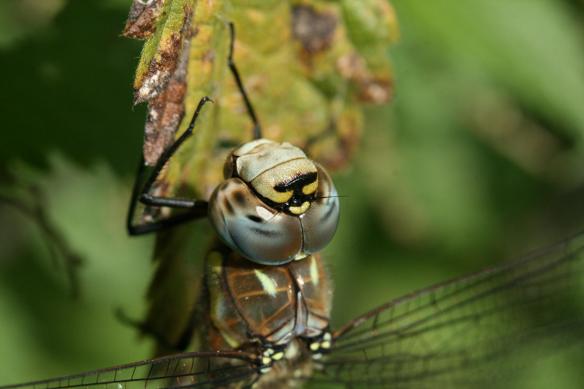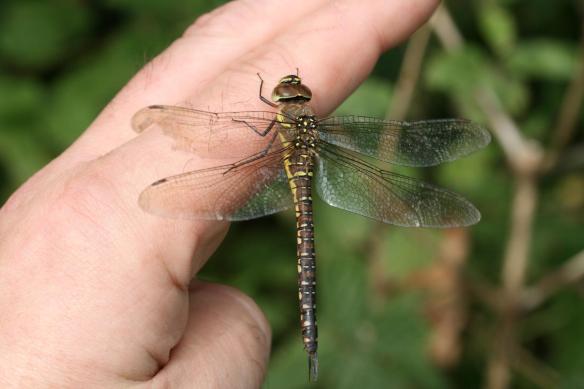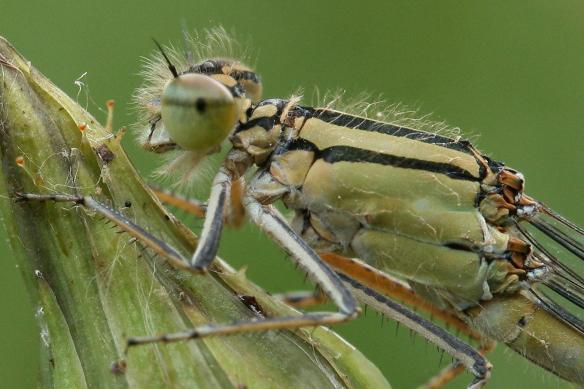For a while I’d been thinking about a site of my own,but did nothing about it.that was until I was speaking to a colleague Mr Hassan Haybe,who gave me alot of encouragement and ideas.
For a while now I’ve been taking wildlife pictures,but developed an interest in dragonflies and damselflies..My main area to visit is a nature reserve near Coventry called ‘Brandon Marsh’.Its a site that can boast 9 different species of Dragonfly and numerous Damselflies.
My intent of all this is not a scientific study but a brief description and a few pictures,all of which will be taken by me..I also dont want it to turn into a ‘how to do it’ type of thing,because each Dragonfly is an individual in each given circumstance,be it the weather,species or time of day.I want it to be more of a ‘how i do it’ type of thing,mainly because we’re all different and use different equipment in different locations
People often tell me that I must be patient or have a good camera,well patience doesn’t really come into it in that if someone puts theirselves in a position to photograph something where that something exists they have a chance(No point in trying to take football pictures at a cricket match)….And where i dont exactly use a point and shoot the equipment actually plays less of a role than people might think,the important thing is knowing a little about the subject.
Ian Harris
The Dragonfly species…Emperor,Brown Hawker,Southern Hawker,Migrant Hawker,Broad Bodied Chaser,Black Tailed Skimmer,4 Spotted Chaser,Common Darter,Ruddy Darter
The Damselflies so far include..Common Blue,Azure,Large Red,Blue Tailed,Emerald,Red Eyed,Banded Damoiselle
***as spring arrives this will be changing,an ongoing thing if you like…watch this space***
the river avon wildflower meadow
the tip area
the 9 species







